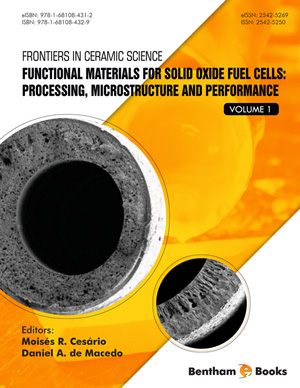Abstract
The physics for the ion implantation can be directly implemented in Monte Carlo (MC) simulation, and hence MC simulation is widely used for predicting ion implantation profiles. Here, we compared MC simulation results with a vast database of ion implantation secondary ion mass spectrometry (SIMS), and showed that the Monte Carlo data sometimes deviated from the experimental data. We modified the electronic stopping power model, calibrated its parameters, and reproduced most of the database. We also demonstrated that the Monte Carlo simulation can accurately predict profiles in a low energy range of around 1 keV once it is calibrated in the higher energy region.
Keywords: Ion implantation, low energy ion implantation, Monte Carlo, nuclear stopping power, electronic stopping power, channeling, damage, collision parameter, transferred energy, scattering angle, energy loss, cross section, SIMS, As, P, B, Ge, HfO2.











